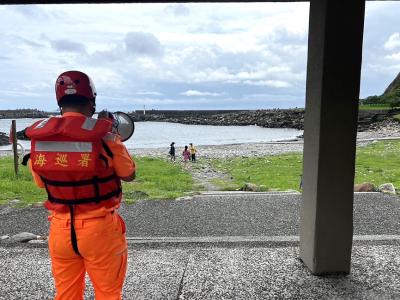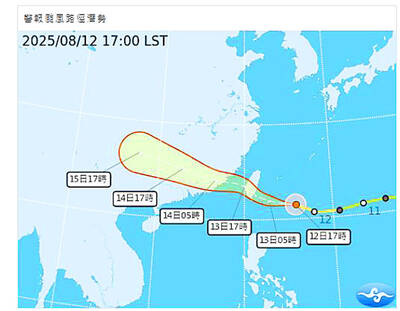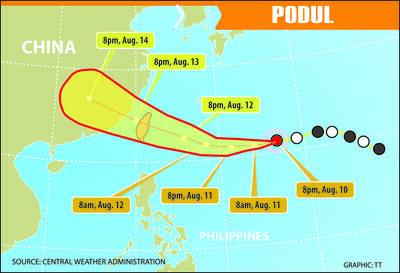Along with glistening white peaks, chalets overloaded with flowers, succulent cheeses and cool, inviting lakes, "Switzerland", for most people evokes quality, security and tradition. These are qualities of which Swiss boarding schools are proud and which play an essential role in Swiss private education.
Private schools have a long tradition in Switzerland and play an important part in the overall educational system. The first private schools were opened at the end of the 19th century. Many of them are a direct reflection of the foremost efforts of educationalists such as Pestalozzi, Father Girard, Maria Montessori and Rudolf Steiner and their successors such as Bovet, Feriere and Piaget -- figures whose impact on the pedagogic of education has extended far beyond Switzerland's border.
It was actually through the country's historical development that Switzerland acquired a reputation as a center of education. It was a reputation that spread rapidly throughout Europe and beyond. Any good family wishing to round off their children's education would tend to look to Switzerland to do so -- especially if the offsprings were expected to obtain a grounding in French, too as in those days the social status was of immense importance and would determine the kind of education the child would receive.
Today, there are many boarding schools throughout Switzerland, each with their own identity and their own particular strengths. Every school is different, whether it be in terms of the programs they offer, their location or their student body. Yet, what they all share is a commitment to quality and to developing the potential of the students entrusted to them.
But why would a student choose a school in Switzerland as opposed to one in another country? Firstly, the location, Switzerland itself. Switzerland is a country known for its high standards. Aside from the breath-taking natural beauty, visitors are always impressed by the efficiency, the hospitality, the courtesy and the law-abiding citizens they meet. In a country where over 20% of the population are immigrants, they feel safe and at ease with the various cultures they encounter every day.
Furthermore, the proximity of Switzerland to other European countries enhances the feeling of "internationalism", whilst stimulating the learning of other languages. Secondly, the tradition of education is such that Swiss schools have for many years been considered the best. The "finishing schools" of yesteryear have evolved, many into regular high schools, whilst those which remain have adapted their programmes to the fast-moving, technological world in which we live. In short, the foundations remain but the buildings have been renovated.
Thirdly, the wide choice of schools and the flexibility offered means that Switzerland has a school for everyone. Some offer British or American programmes, some bilingual programmes. Some of the schools start with students at the age of 9, whilst others begin at 12 and go up to 18. Some are in the mountainous areas, others in city suburbs; some are small and family owned, others may be a bit larger.
Fourthly, a Swiss boarding school offers a global perspective on education blending with quality of life and Swiss hospitality for a positive learning experience. Classrooms become global villages. A typical Swiss boarding school of some 300 students may have as many as 30 different nationalities under one roof.
Potential students should aim to visit as many schools as possible in order to find the right environment, which corresponds to their future plans. The renown of Swiss private education is that it is tailor-made. Student programmes are personalized and the small class sizes allow rapid progress to be made and the students to be challenged. Most schools provide varied extra-curricular activities outside the classroom and a range of excursions so as to encourage all-round development. Many students will complete their secondary education in one establishment so the links forged between the student and the school are profound and long-lasting.
Knowing how difficult it could be at the beginning to search for the right school interested parents may contact the Swiss Federation of Private Schools (www.swiss-schools.ch) which provides a full list of all its members. Or as a first port of call, the Trade Office of Swiss Industries (TOSI) in Taipei can offer brochures/information of many of the schools. It can also give details of the agencies with which the schools work, or the student may wish to contact the school direct. Students should inquire about official accreditations of the school, which may facilitate the selection process.
Many schools organise summer schools in July and August, which can provide a taste of boarding school life and most will gladly provide contact details of current or recent students from Taiwan who can be contacted to share their own experiences. One thing is for certain: wherever a student chooses to study, a Swiss private school experience is an education for life and a passport to opportunity.

DEFENSE: The first set of three NASAMS that were previously purchased is expected to be delivered by the end of this year and deployed near the capital, sources said Taiwan plans to procure 28 more sets of M-142 High Mobility Artillery Rocket Systems (HIMARS), as well as nine additional sets of National Advanced Surface-to-Air Missile Systems (NASAMS), military sources said yesterday. Taiwan had previously purchased 29 HIMARS launchers from the US and received the first 11 last year. Once the planned purchases are completed and delivered, Taiwan would have 57 sets of HIMARS. The army has also increased the number of MGM-140 Army Tactical Missile Systems (ATACMS) purchased from 64 to 84, the sources added. Each HIMARS launch pod can carry six Guided Multiple Launch Rocket Systems, capable of

Tropical Storm Podul strengthened into a typhoon at 8pm yesterday, the Central Weather Administration (CWA) said, with a sea warning to be issued late last night or early this morning. As of 8pm, the typhoon was 1,020km east of Oluanpi (鵝鑾鼻), Taiwan’s southernmost tip, moving west at 23kph. The storm carried maximum sustained winds of 119kph and gusts reaching 155kph, the CWA said. Based on the tropical storm’s trajectory, a land warning could be issued any time from midday today, it added. CWA forecaster Chang Chun-yao (張竣堯) said Podul is a fast-moving storm that is forecast to bring its heaviest rainfall and strongest

GET TO SAFETY: Authorities were scrambling to evacuate nearly 700 people in Hualien County to prepare for overflow from a natural dam formed by a previous typhoon Typhoon Podul yesterday intensified and accelerated as it neared Taiwan, with the impact expected to be felt overnight, the Central Weather Administration (CWA) said, while the Directorate-General of Personnel Administration announced that schools and government offices in most areas of southern and eastern Taiwan would be closed today. The affected regions are Tainan, Kaohsiung and Chiayi City, and Yunlin, Chiayi, Pingtung, Hualien and Taitung counties, as well as the outlying Penghu County. As of 10pm last night, the storm was about 370km east-southeast of Taitung County, moving west-northwest at 27kph, CWA data showed. With a radius of 120km, Podul is carrying maximum sustained

TRAJECTORY: The severe tropical storm is predicted to be closest to Taiwan on Wednesday and Thursday, and would influence the nation to varying degrees, a forecaster said The Central Weather Administration (CWA) yesterday said it would likely issue a sea warning for Tropical Storm Podul tomorrow morning and a land warning that evening at the earliest. CWA forecaster Lin Ting-yi (林定宜) said the severe tropical storm is predicted to be closest to Taiwan on Wednesday and Thursday. As of 2pm yesterday, the storm was moving west at 21kph and packing sustained winds of 108kph and gusts of up to 136.8kph, the CWA said. Lin said that the tropical storm was about 1,710km east of Oluanpi (鵝鑾鼻), Taiwan’s southernmost tip, with two possible trajectories over the next one